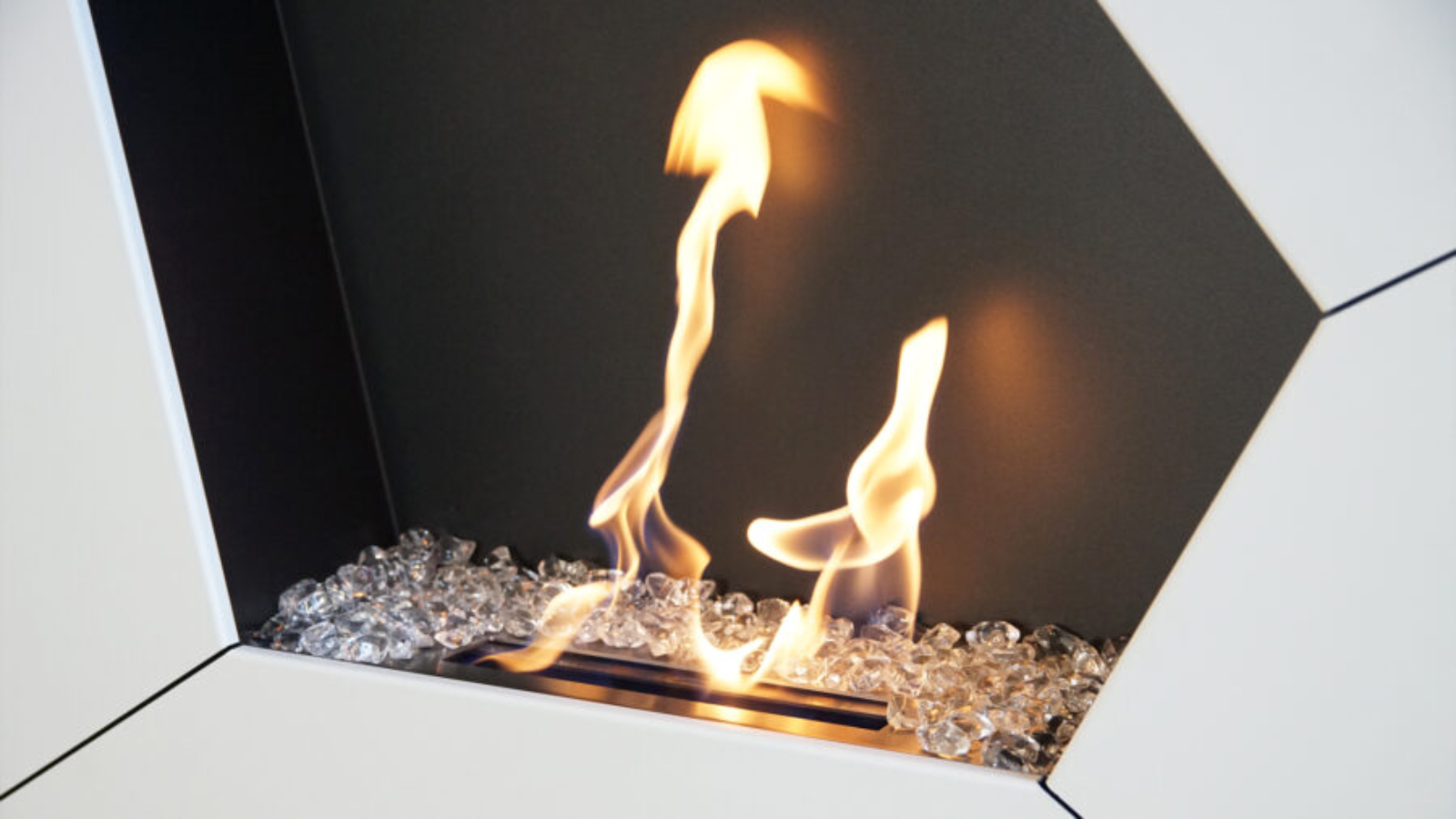Biofireplaces are not just a stylish interior element; they also bring real fire into your home, creating a cozy and comfortable atmosphere. To ensure your biofireplace serves you for a long time, remains safe, and maintains its appearance, proper care is essential. In this article, we’ll cover the basic principles of biofireplace maintenance, from cleaning to following safety precautions, and we’ll offer useful tips to extend its lifespan.
So, how to properly care for biofireplaces? It’s easy—follow our 7 steps:
1. Regular Cleaning: The Key to Safety and Aesthetics
Cleaning a biofireplace is one of the most important maintenance tasks. Unlike traditional fireplaces, biofireplaces don’t emit soot or smoke, but they still require attention. The main goal is to clean the exterior surfaces and fuel block from traces of biofuel and dust.
First, wait until the biofireplace has completely cooled down. Then, wipe the surfaces with a soft cloth and a mild cleaning agent. Avoid harsh chemicals that could damage glass or metal parts. Every few months, perform a deeper cleaning by wiping all surfaces and parts, including the fuel tank.
Tip: Regularly clean the glass panels (if applicable) using glass cleaner to maintain their transparency and shine.
2. Using the Right Biofuel
Choosing the right biofuel is not only a matter of efficiency but also safety. Always use certified biofuel specifically designed for biofireplaces. It should be clean, safe, and free from harmful impurities. Poor-quality fuel can contaminate the fuel block and glass, as well as reduce combustion efficiency.
Important rule: Never pour fuel into a hot fireplace. Wait until it has completely cooled down to avoid fire hazards or burns.
3. Safe Operation
Biofireplaces are considered safe, but like any open flame device, they require certain rules to be followed. Never leave a running fireplace unattended, especially if there are children or pets in the house. Ensure the biofireplace is placed on a flat, stable surface, away from flammable materials such as curtains, furniture, or rugs. You can learn more about safety guidelines in our article “Biofireplaces / Installation & Operation Manual”
Tip: Use protective screens or glass panels for extra safety, especially in homes with small children.
4. How to Prevent Stains and Damage
An important aspect of biofireplace care is preventing stains on its surfaces. Even high-quality biofuel can leave marks when being poured. To prevent this, use a funnel for filling the fuel tank. If fuel spills on the surface, wipe it off immediately with a soft cloth to avoid stains or corrosion.
Avoid using metal scrapers or abrasive sponges to clean glass or metal surfaces, as they can leave scratches.
5. Inspecting and Replacing Parts
While biofireplaces are known for their durability and ease of use, some components may need replacing over time. For example, the seals used in the fuel block may wear out, reducing airtightness. Regularly inspect the condition of all parts, including glass panels, seals, and caps.
Replacing worn-out parts will not only extend the biofireplace’s lifespan but also ensure its safe operation.
6. Proper Storage of a Biofireplace
If you plan not to use your biofireplace for an extended period, such as during warm months, it’s important to prepare it for storage properly. Pour out any remaining fuel from the tank, clean all surfaces and parts, and then cover the fireplace to prevent dust from settling. Store biofuel in a cool, dry place, away from direct sunlight and fire sources.
7. Useful Tips for Longevity
- Ventilate the room. Although biofireplaces don’t produce smoke, the combustion process consumes oxygen, and regular ventilation helps maintain fresh air.
- Don’t overfill the tank. Avoid filling the tank with more fuel than needed, as this could cause the fuel block to overheat and become damaged.
- Keep the nozzle clean. The nozzle is key to stable and beautiful flames. If the flame becomes uneven or weak, check the nozzle’s cleanliness and clean it if necessary.
Kokkuvõte
Proper care for a biofireplace is not only the key to its long service life but also ensures the safety of your home. Regular cleaning, using high-quality biofuel, and following basic operating rules will allow you to enjoy a live flame without any hassle.
Now that you know the essential principles of biofireplace care, you can rest assured that your biofireplace will provide warmth and comfort for many years. If you haven’t chosen a biofireplace for your home yet, be sure to read our article, Kuidas valida oma koju ideaalne biokamin: Peamised nõuanded ja soovitused

 Ostukorv on tühi
Ostukorv on tühi 

